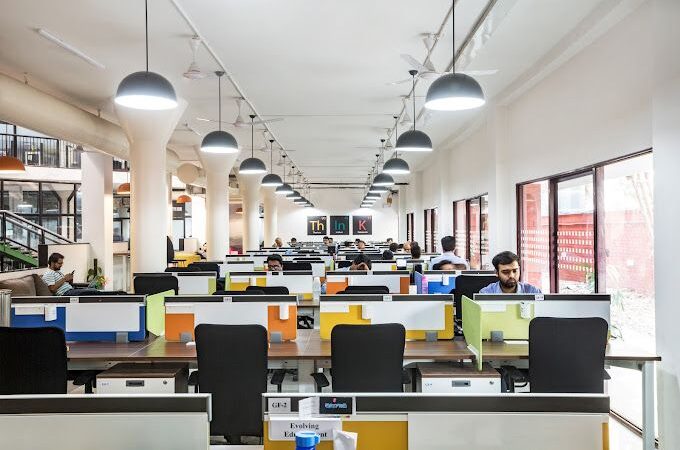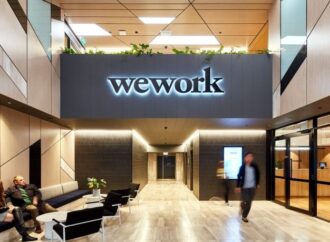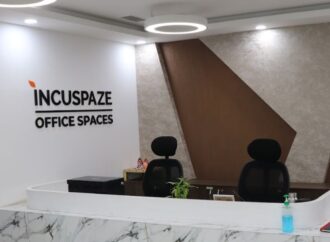India’s office sector is defying global slowdowns, with H1 2025 setting historic highs in gross leasing, net absorption, and demand for flex space. Driven by GCC consolidation, rising domestic demand, and the growth of flex workspace across sectors, India is emerging as a strategic global hub for corporate innovation and operations.
While much of the world is grappling with sluggish office and retail real estate markets, India is charting a different path—one of aggressive growth, consolidation, and global relevance. In the first half of 2025, India’s commercial office sector not only weathered global economic turbulence but also achieved its strongest performance to date.
Gross leasing across Indian cities touched a record 39.45 million sq. ft. in H1 2025, a 17.6% YoY growth, according to JLL. More impressively, net absorption jumped 41% YoY to an all-time high of 48.9 million sq. ft., signalling occupier confidence despite wars, trade policy upheavals, and global macro pressure.
“The sustained demand for high-quality office spaces owing to occupiers’ confidence has propelled transaction volumes to historic highs,” noted Shishir Baijal of Knight Frank India. Even as new office completions lag, vacancy rates are shrinking—from 17.2% to 14.7% in just four years, leading landlords to hike rents across Indian metros. Mumbai saw a 12% increase, followed by NCR (8%) and Bengaluru (7%).
Instead of shrinking footprints, global firms are consolidating in India. GCCs (Global Capability Centres) are leading the charge, accounting for 61.5% of Q2 leasing. “Bengaluru’s dominance reflects India’s evolving economic landscape,” said JLL’s Rahul Arora, highlighting the city’s contribution of over half the leasing volume among GCCs in H1. The trend isn’t about outsourcing anymore—it’s about owning core operations. “GCCs are evolving into second headquarters,” said CBRE’s Anshuman Magazine, noting how firms are drawn by India’s deep talent pool and policy support.
India’s office market has matured beyond transactional growth. GCCs—especially in BFSI and tech—are not just supporting functions but becoming innovation engines. They leased 39% of the total office space in H1, with BFSI and manufacturing GCCs making up over half. “Multinationals are no longer viewing India as a backend location, but as a critical HQ for core roles like R&D and analytics,” added Trehan Iris’ Abhishek Trehan.
The flex workspace boom is another sharp inflexion point. A record 10.2 million sq. ft. of flex leasing was recorded in H1, up 43% YoY, with BFSI and consulting firms now prominent adopters. “Flex workspaces have become integral to the strategy of companies of all sizes,” said Amit Ramani, CEO of Awfis, who noted that 66% of Awfis’ clients are large enterprises or MNCs. “This trend shows no signs of slowing down.”
From demand resilience to workspace innovation, India is not just surviving the global slowdown—it’s setting the pace for the future of work. As international firms double down, developers, flex operators, and city planners must now keep pace with a market that’s only just hitting its stride.



















Leave a Comment
You must be logged in to post a comment.